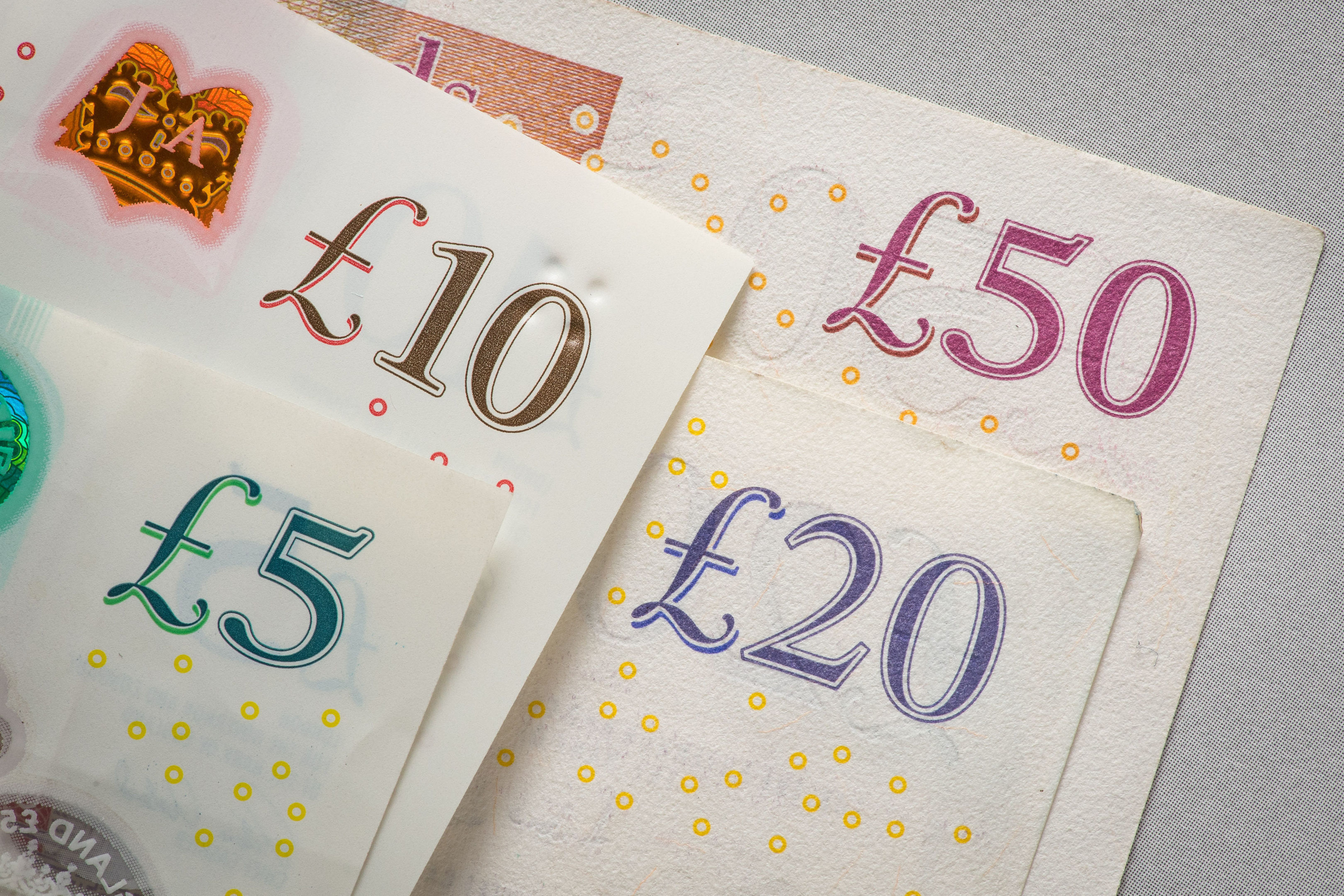
It feels like the PPI scandal has been lingering forever – but the deadline for making a claim is now just 22 days away.
After August 29, it’ll be too late.
Since January 2011, firms have paid back a total £35.7 billion to customers who complained about the way they were sold payment protection insurance (PPI), according to the Financial Conduct Authority (FCA).
So, with the PPI countdown clock ticking, here’s what you need to know…
What is PPI?
If you’ve had a loan, mortgage, credit card, store card or bought something on finance, you may have been sold PPI alongside the financial product you took out. PPI is a type of insurance designed to cover repayments when you can’t make them yourself, for example if you became unemployed or ill. As many as 64 million PPI policies have been sold in the UK, mostly between 1990 and 2010, and some as far back as the 1970s.
So what’s the problem?
It was widely mis-sold. PPI was unsuitable for some people, others did not realise it was optional or, in some cases, they did not even know they had a policy. It’s the biggest mis-selling scandal the Financial Ombudsman Service (FOS) has seen.
How do I check if I had it?
Dig out paperwork and see if PPI or payment protection insurance is mentioned. It may have had another name, such as loan insurance or payment cover. If it’s not clear, look at statements to see if there was an additional charge next to your payment information. Or contact the provider and ask them. The Financial Conduct Authority (FCA) has contact details for many providers (fca.org.uk/ppi).
Am I eligible to complain?
You may have been mis-sold if you were told, for example, you had to have PPI to take out a loan, or it was more likely you’d be accepted if you took it out, or that you’d get a better rate.
You may have felt under pressure to buy it or been advised to take out PPI that didn’t suit your needs. PPI may have been added without telling you. There are also other ways you may have been mis-sold.
But, even if you don’t think you were mis-sold, there’s another reason you could complain. Following a court case known as Plevin, you can complain that a high level of commission was made from the sale of PPI, but you weren’t told about this when you bought it.
You don’t need to know the exact figure for how much commission was earned. The commission basis for complaining means that, even if you previously made a mis-selling complaint and it was rejected, you may be able to make this new type of complaint.
If you’ve complained about PPI since late-2015, your provider may already have told you they would consider the commission they earned as part of your complaint. If you’re not sure about this, check the correspondence they sent or contact them again.
How can I make a claim?
Claims management companies will take a chunk of any payout but free help is available. Websites giving free information include those belonging to the FCA, MoneySavingExpert.com, Resolver.co.uk, the FOS, Which? and Citizens Advice. Free-to-use template letters can be downloaded. And, if you’re not happy with the way a company has dealt with your complaint, take your case to the FOS to resolve.

Enjoy the convenience of having The Sunday Post delivered as a digital ePaper straight to your smartphone, tablet or computer.
Subscribe for only £5.49 a month and enjoy all the benefits of the printed paper as a digital replica.
Subscribe